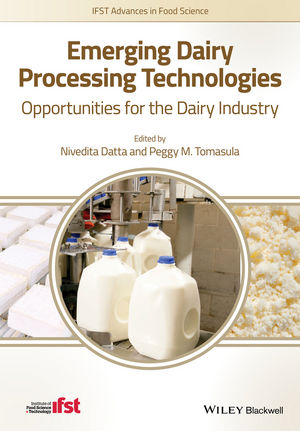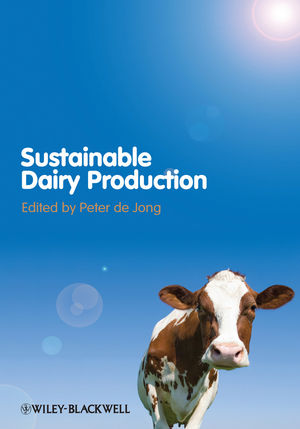Dairy innovations highlight exciting possibilities
Research centers from all over are developing innovative application projects and new technologies that help us to better understand complex dairy products.

Innovation is a major driving force in the dairy industry. From new product development to improved testing methods, the industry is constantly working to develop technologies that allow us to create uniquely delicious products that exceed consumer expectations. Research centers around the world are developing innovative application projects and new technologies that help us to better understand complex dairy products.
The recent IDF Parallel Symposia on Cheese Science and Technology/Concentration & Drying, which was held in Dublin, Ireland, was a reminder of this. The two-day symposia, which hosted over 600 attendees from around the world, showcased many new advances in dairy-related food science. It’s worth discussing a few of the industry’s recent advances and what role these might play in the future of dairy.
Next gen sequencing
One of the major themes of the symposia was the use of high-throughput sequencing techniques usually called next generation sequencing (NGS). The number of nucleic acid sequences analyzed by NGS techniques has massively increased compared to traditional culture-based techniques, which is revolutionizing the study of microbial communities. These techniques can explore the diversity of bacterial populations during cheese ripening, as well as identify bacterial types that may not have been reported previously in artisanal cheeses due to their small numbers or difficulties in culturing.
In regards to NGS, the implications for the dairy industry are huge. For example, researchers from the University College Cork and the Irish Food Research Center presented a project in which they were able to use NGS to identify novel lactococcal dairy starter strains based on various selection criteria, and then run a comparison of their genes to better understand which strains would work best for cheese flavor development.
In a separate study, researchers from these institutions were able to use next generation sequencing to profile cheese starter bacteria that have the potential to produce histamine and tyramine, two types of biogenic amines that can cause allergen-like reactions, or migraines in some sensitive individuals. Other studies used NGS to look at the possible cause of the pinking defect in cheese, as well as the impact of processing variables on microbial dynamics in Gouda cheese ripening.
What the current research shows us is that the utilization of NGS opens the door for highly customizable cultures and an improved understanding of microbial-related cheese quality defects.
Improving cheese imaging
Improved imaging was another area discussed at the symposium. In particular, the use of computed tomography (CT) scanning to non-destructively visualize the 3-D microstructure of cheese was a highlight. This technology, which has been shown to be of particular use in Swiss cheese, has allowed researchers to measure the size and distribution of the cheese eyes without cutting into the wheel.
Improper eye development is a significant quality defect in cheeses like Swiss, so this new technology will prove to be very helpful in terms of our ability to quantitatively analyze the size and distribution of eyes without cutting into the cheese. 3-D imaging combined with the use of lasers is also being applied to improve the consistency of cheese cutting and slicing, which can be a challenge for blocks of different shapes or in cheeses containing eyes.
Innovations in ice cream, yogurt
In addition to specific technologies there are also a number of innovations in terms of new application projects in the works. High-protein ice cream, improvements in Greek yogurt manufacturing, novel milk ingredients and updates to cheese flavor profiles have all been the work of industry innovators.
The Wisconsin Center for Dairy Research has been particularly invested in this area, launching the Technology Transfer, University Research and Business Opportunity (TURBO) program which facilitates the transfer of CDR innovations to companies and assists companies in bringing their own technologies to market. From custom-flavored cheese and high-pressure processing to permeate and soluble casein isolate, the program has explored many innovations along with our industry partners.
For example, there is the new, updated take on juustoleipa. Called “Grillable Cheese,” this non-melting cheese has been developed to perform like juustoleipa or Caribbean queso blanco, but has a pH of 5.5, keeping the pH in the preferred safety region.
Through innovative manufacturing methods and technology development, the industry has been able to create products that are tailored to consumer demands. These innovations simply aren’t possible, however, without strong financial support for dairy research, which will allow us to recruit creative graduate students that dream up all these new ideas and topics.
Looking for a reprint of this article?
From high-res PDFs to custom plaques, order your copy today!









